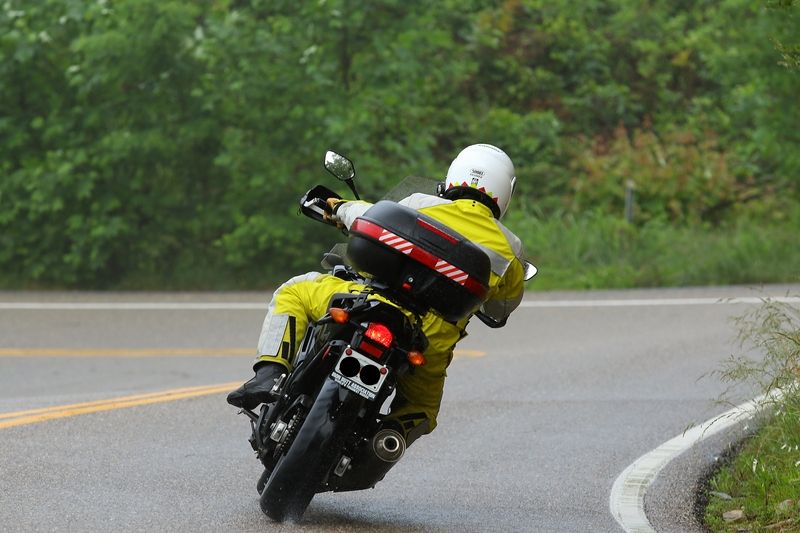dduelin
Site Supporter
I pretty much agree with this observation. I owned a manual 700 and now have a DCT version and in my own use the DCT does not get quite as good mileage. It does weigh about 23 lbs more - about 5% more - which extracts a small penalty but ironically on the WMTC (a tightly controlled mpg test standard done on a rolling road test bed similar to EPA testing) the DCT gets incrementally better mpg but in the real world my results are opposite. To be objective about it the two bikes of mine did not share the same aerodynamics with the DCT having a larger windshield and hand guards. One time I took these off and did a two-way top speed run and the DCT gained 6 mph on the top end after losing the Madstad and Bark Busters. I'm sure the larger frontal area extracts a mileage penalty as well.Mechanically I can't see why there would be any difference in mileage between the two. Nonetheless, I consistently outdid the DCTs on our day runs at KSL7 (not that it was actually a completion, rather just an observation). The DCT owners simply stated that, in their experiences, the manual gets a little better mileage than the DCT. The only reason I can find is it's the gear choices made by the computer vs the human.
It would be interesting to have a side by side comparison on the same ride, including switching riders to account for variables in throttle operation and acceleration behavior.
Letting the DCT choose the most efficient gear all the time is not why I ride and so I am often manually overriding the computer logic which has to have a negative affect on mileage.
Looking back at Fuelly I see the manual averaged 66.1 mpg over 13,716 miles. High was 94.5 and low as 45. The DCT tracked to 13,835 miles the average is 61.6 with a high of 83.8 and low of 48.1. To be fair during the last 3000 miles or so I did some 80 mph mpg testing then a Bun Burner 1500 attempt with about 1000 miles riding burning 48 to 53 mpg. The affect on total mpg was to loose nearly 1 mpg in the overall average. Before this the average on the DCT was a bit under 63 mpg.
Last edited:



